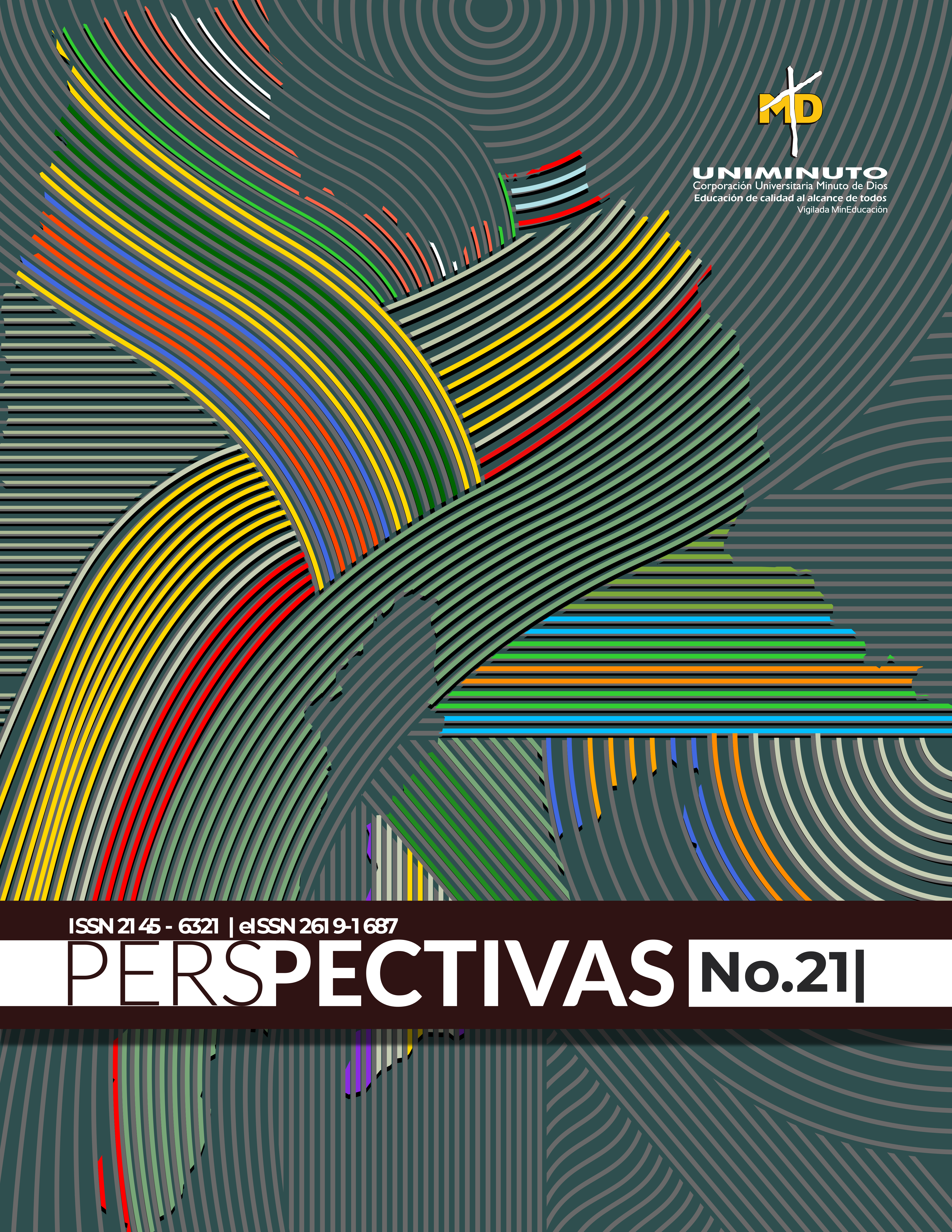Creative activity in the writing process
Article Sidebar
How to Cite
Altmetrics
Article Details

This work is licensed under a Creative Commons Attribution 4.0 International License.
Main Article Content
Abstract
The objective of this research is to analyze how the development of creative activity manifests itself in the writing process in children aged between 7 and 8 years in the city of Villavicencio, The participation of second-grade students allowed identifying how the intentionality of the teachers' practices are distant from the children's interests, where we see the need to accelerate the learning of reading and writing, in decoding terms, in an early way, putting aside enough time for stimulation, some characteristics of creative writing were investigated from the Vygotsky theory (1986), the analysis was made based on the categorical system proposed by Sandoval (1996), by which it seeks to validate the information through the categories for the structuring of the analysis of qualitative data, which showed that the participant children of this investigation, modeled and imitated some structures and norms, that are related in the writing process.
References
Bono, E. d. (2000). Pesamiento lateral . Buenos Aires: Páidos.
Cassany, D. (1999). La Cocina de la Escritura. Barcelona: Anagrama.
Castillo Bravo, N. E., Briones Guerrero, E. D., Gabriela Belén, E. A., & Jaime Andrés, E. F. (2020). Factores que intervienen en el desinterés por la lectura e jóvenes bachilleres. Perspectivas, (17), 59-68. Recuperado a partir de https://revistas.uniminuto.edu/index.php/Pers/article/view/2134
Emilia Ferreiro, A. T. (1991). Los sistemas de escritura en el desarrollo del niño . México: siglo XXI.
Goodman, K. (1989). El lenguaje integral: Un camino fácil para el desarrollo del lenguaje. Lectura y vida 10- 11 Recuperado de https://pdfs.semanticscholar.org/a59b/49647e33cfaec1e3adf6e8ba6286a0e5bfac.pdf
Hurtado. (2006 ). Estrategias pedagógicas para mejorar la calidad textual . Medellín: Educar.
López, A. (2007). La creatividad en la vida cotidiana. Fundación neuronilla para la capacidad y la creación .Madrid.
León Caucha, I., Martínez Rodríguez, K., & Salazar Castañeda, E. (2020). Construcción de un libro de fábulas en el gimnasio integral genios del zipa, una estrategia educomunicativa para que hablen los niños. Perspectivas, (19), 15-22. Recuperado a partir de https://revistas.uniminuto.edu/index.php/Pers/article/view/2292
Malagón, J. D. (2018 ). La homogenización de la Educación en Colombia. INTER-NOS , 18. Recuperado de https://revistaartefacto.usta.edu.co/index.php/inter-nos/120-lahomogenizacion-en-la-educacion-colombiana
Olga, V, (2000). Reflexiones Sobre la escritura a partir de Vygotsky. educere , 38-43.
Pino, U. H. (2010). La lectura y la escritura como problema de formación en Colombia. recuperado el 10 de septiembre de 2019 Reflexiones;Educación/ blog personal. Recuperado de http://www.iered.org/miembros/ulises/2010/12/08/la-lectura-yla-escritura-como-problema-de-formacion-en-colombia/
Sandoval, C. A. (1996). Programa de especialización en teoría método y técnicas de la investigacion. Medellín. Arfoeditores e impresores.
Take, R. (1995). The art of case Study. Los Ángeles: Publication sed.
Tigrero Hernández, M. (2020). La formación integral de los estudiantes de básica media a través de la innovación desde el arte y la inteligencia emocional. Perspectivas, (18), 35-46. Recuperado a partir de https://revistas.uniminuto.edu/index.php/Pers/article/view/2286
Vigotsky, L. (1979). El desarrollo de los procesos psicológicos superiores. Barcelona: Grijalbo .
Vigotsky, L. (1986). La imaginación y el arte en la infancia . Madrid: Akal.
vigotsky, L. (2003 ). Imaginación y creación en la edad infantil. Buenos Aires: Nuestra Ámerica.
Vygotsky, l. (1995). Pensamiento y Lenguaje . Barcelona: Paidós.

